FM-UP Laser Marking Machine
The FM-UP laser marking machine features a portable design and UV laser for precise, high-contrast marking on plastics, glass, ceramics, and coated materials, ideal for on-site applications.
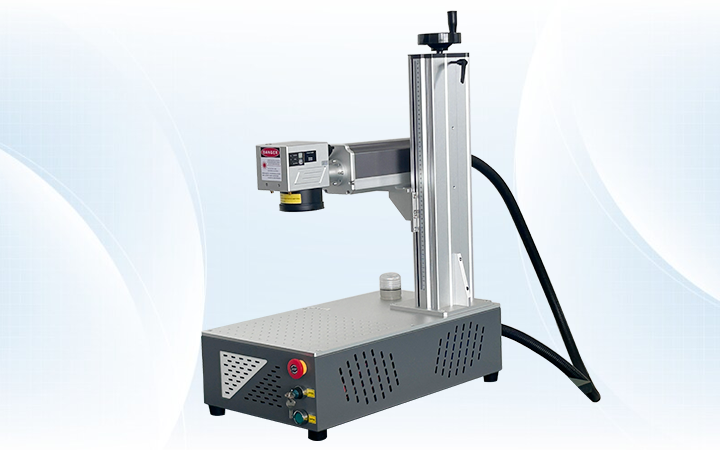

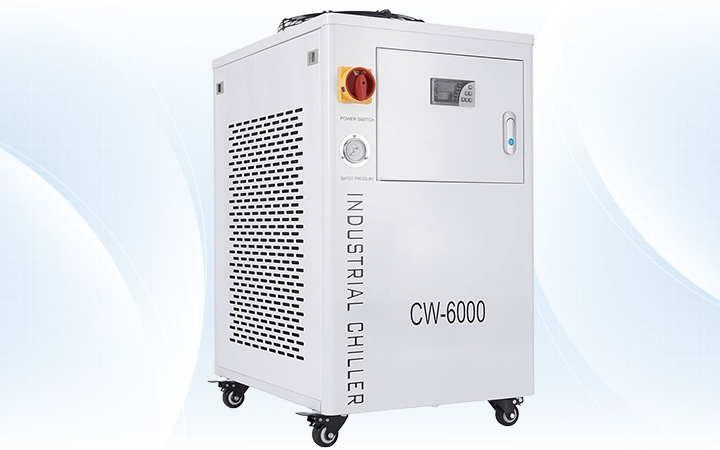
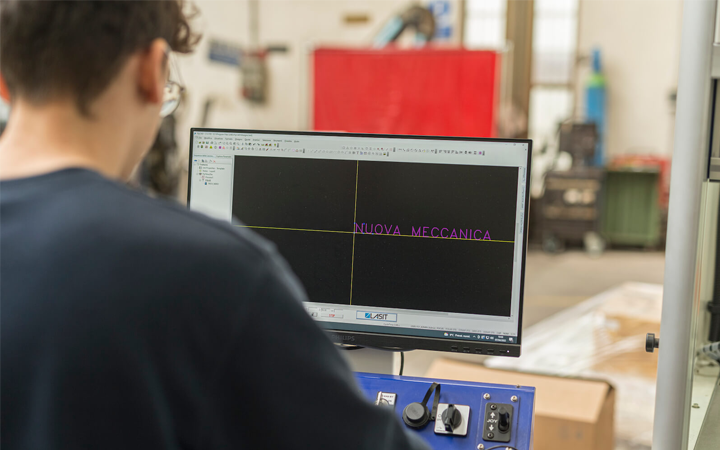
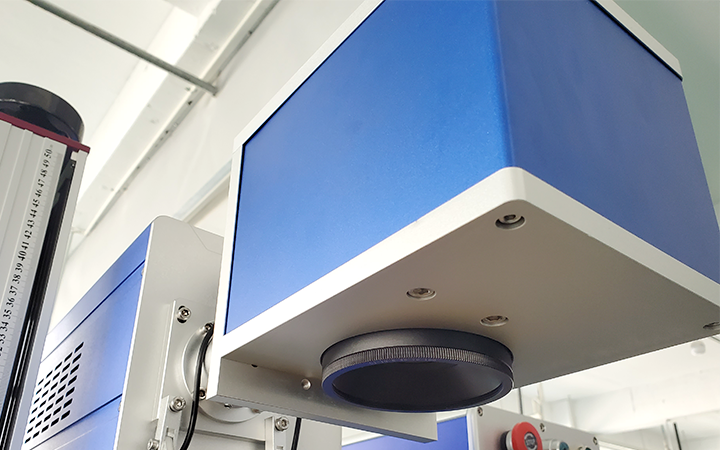
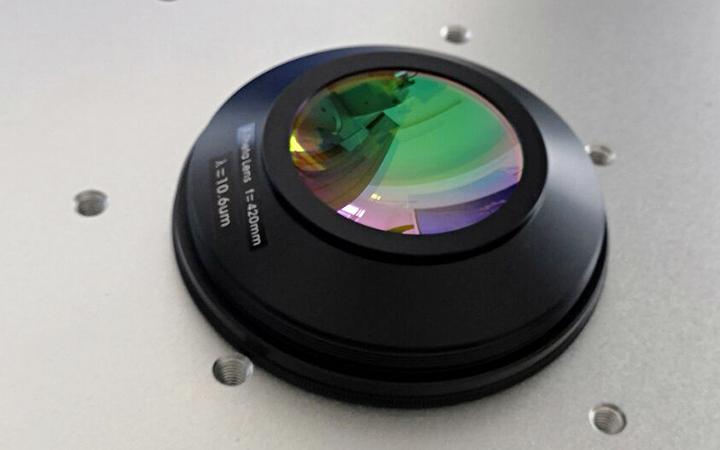

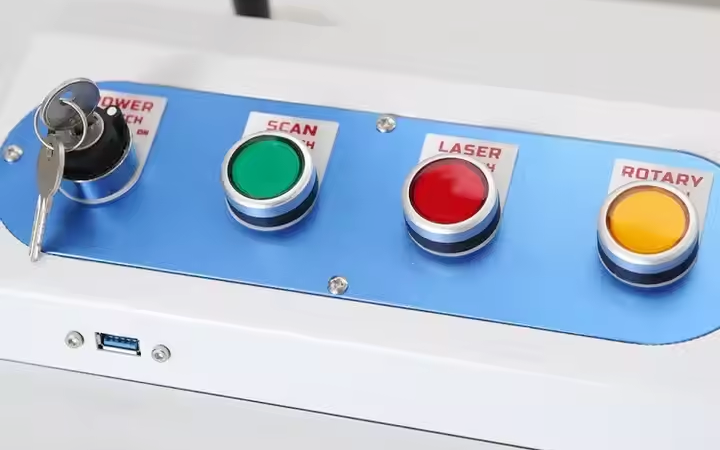
Uses a short-wavelength beam to create highly detailed, crisp marks—ideal for micro-marking on sensitive materials.
Generates minimal heat, preventing damage, warping, or burning on delicate surfaces such as plastics, glass, ceramics, and thin films.
Achieves strong contrast and readability even on transparent or soft materials without causing surface degradation.
Marks a broad range of substrates, including glass, sapphire, polymer films, and coated metals with superior clarity and precision.
Chemical-free, low-power consumption process reduces environmental impact while maintaining high-quality results.
Delivers consistent performance with pinpoint accuracy, ideal for industries requiring exact traceability.
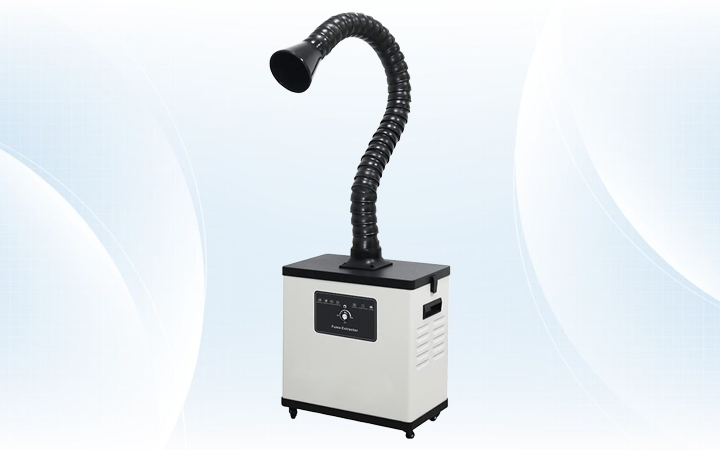

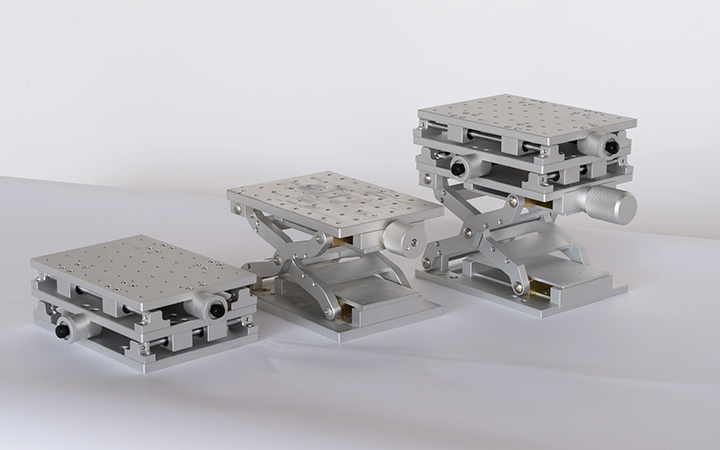
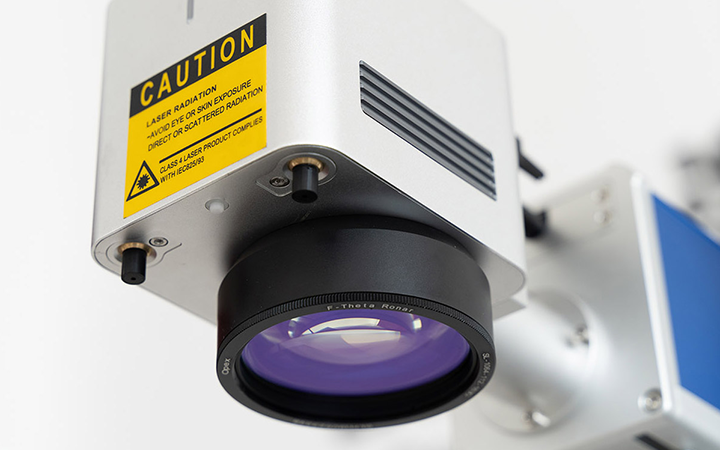
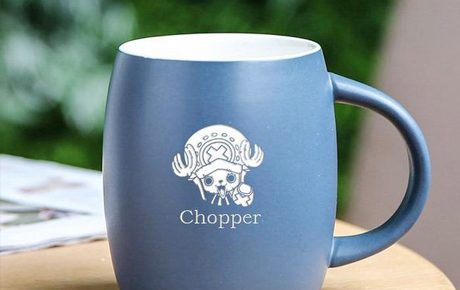
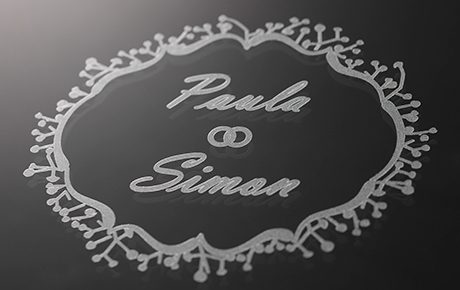
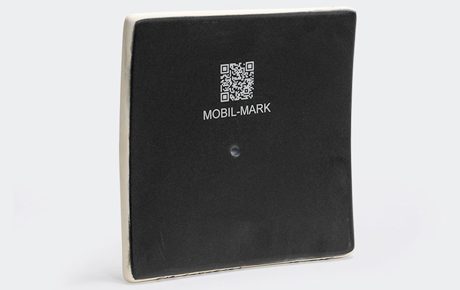
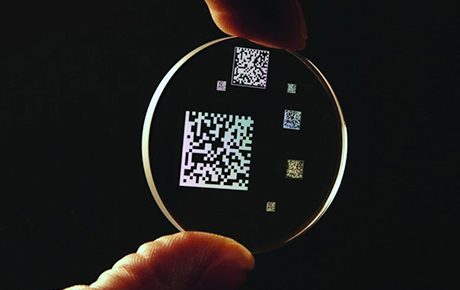

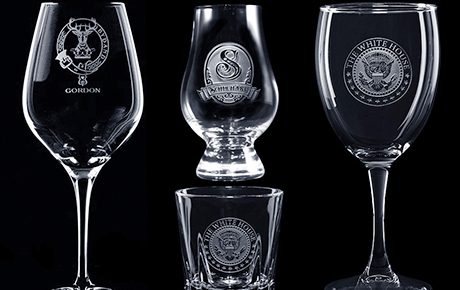
Yes, laser marking is safe when proper safety precautions are followed. Unlike laser cutting or welding, laser marking operates at lower power levels and does not produce high heat, sparks, or molten material. However, laser radiation, fumes, and reflections still pose potential risks, making protective measures essential. Potential security risks and their mitigation methods are as follows:
Laser marking is safe when operated with proper enclosures, protective eyewear, fume extraction, and workplace safety measures. Most modern fiber, CO2, MOPA, and UV laser marking machines are designed with built-in safety features, making them suitable for industrial and commercial use with minimal risk.
Laser marks are highly permanent and offer superior durability compared to traditional marking methods like ink printing, engraving, or etching. The permanence of a laser mark depends on material type, marking method, and environmental exposure, but in most cases, laser markings remain intact for a lifetime. The factors that affect the durability of laser marking are as follows:
Laser marks are one of the most permanent marking solutions, lasting years to a lifetime depending on material and usage conditions. Deep engraving, annealing, and high-contrast marking methods ensure resistance to wear, heat, chemicals, and UV exposure, making laser marking ideal for industrial, medical, aerospace, and consumer applications.
Laser marking machines support a variety of vector and raster file formats to ensure compatibility with different design software. The most commonly supported file formats include:
Laser marking machines are compatible with vector files (DXF, AI, PLT, SVG, PDF), raster images (BMP, JPG, PNG, TIFF), and CAD formats (DWG, G-Code). Vector files are recommended for precision engraving, while raster files are ideal for photographic or grayscale engraving. Always check the machine’s software for specific format support.
We offer a comprehensive warranty policy to ensure reliable performance and long-term support for our laser marking machines. Below is a detailed breakdown of our warranty coverage, including the warranty period, terms and conditions for different components, and how customers can apply for warranty service.
Our laser marking machine has a 3-year warranty on the entire machine, a 2-year warranty on the laser generator, and a 1-year warranty on core components. This structured warranty ensures that customers receive high-quality support and service. To maintain the performance of the machine and extend its life, we recommend regular maintenance and correct operation. If any problems arise, our technical support team can assist with troubleshooting and warranty claims.
Our laser marking machines meet international quality, safety, and regulatory standards, ensuring reliability, compliance, and customer confidence. Below is a detailed overview of the key certifications our machines hold and their significance.
Our laser marking machines are certified to meet international quality and safety standards, including ISO 9001, CE, and FDA certifications. These certifications ensure that our machines are manufactured with strict quality control, meet European safety regulations, and comply with U.S. laser safety requirements. Customers can be assured of high performance, reliability, and legal compliance when purchasing and operating our machines.
On-site technical support is available for laser marking machines, providing customers with hands-on assistance for installation, troubleshooting, training, and maintenance. However, this service comes at an additional cost. The standard service fee is US$200 per day, and customers are also responsible for covering the engineer’s round-trip airfare, board, lodging, and local transportation if required. This ensures that customers receive expert guidance directly at their facility to maximize machine performance and minimize downtime. The process for requesting on-site support involves contacting customer service, providing details of the issue, receiving a cost estimate, and scheduling an engineer visit. While on-site service is a valuable option, customers can also choose remote support, which includes troubleshooting via phone, email, or video calls, as well as access to online training materials and documentation at no additional cost. If in-person assistance is necessary, we are ready to arrange a visit to ensure the machine operates efficiently and reliably.
Our machines deliver ultra-fine marking and engraving with high-speed galvanometer systems and stable laser sources for consistent, reliable output.
We offer different laser types to match your needs, ensuring crisp, permanent marks on metal, plastic, wood, leather, and more.
Intuitive control software allows easy setup, flexible design import, and precise marking even for first-time users.
We provide machine options tailored to your product size, line speed, and marking content for seamless integration.
Our systems run cleanly with no inks or chemicals, lowering long-term operating costs and environmental impact.
Faster Laser offers professional training, remote troubleshooting, and responsive service to keep your production running smoothly.
8 reviews for FM-UP Laser Marking Machine
Elise –
I craft custom lamps from frosted acrylic panels. The UV engraver carves fine textures that glow evenly when backlit. The honeycomb table supports thin sheets without burn marks. Quick focus buttons adjust height with one click. Clients love the sharp patterns, and I no longer outsource engraving, boosting margins.
Zane –
I personalize crystal trophies for sports tournaments. The laser produces internal subsurface marks giving a floating effect. Software wizard converts grayscale logos into layered depth passes effortlessly. Customers are wowed, and repeat business soared. The extraction system removes fine silica dust, keeping the workshop cleaner than my previous sandblaster.
Yara –
Our drone company needed circuit identifiers that survive conformal coating. The UV marker etches copper pads lightly without lifting solder mask. Automatic Z adjustment compensates for board warp, ensuring consistent depth. The small footprint fits inside our ESD area. Support supplied IPC documentation templates, easing compliance paperwork.
Derek –
Our RFID tag plant needed clean marks on PET inlays. The UV beam writes serials without warping thin material. Inline vision camera verifies codes instantly, rejecting defects. Throughput beat our target by twenty percent. Spares kit included extra lenses and o-rings, minimizing fear of unexpected downtime.
Bryce –
Running a cosmetic brush brand, I etch logos on white ABS handles. The beam delivers charcoal gray marks with crisp edges, matching our minimalist style. Focus gauge doubles as a quick stand when photographing products. Energy consumption is low, evident from our monthly bills compared to the old CO2 unit.
Clara –
I coach a maker club. Students customize phone cases with the UV laser, producing vivid contrasts on TPU without melting. Safety training took one class, and interlocks prevent accidents. The machine survived being moved between classrooms multiple times, indicating solid build. Parents were impressed and donated more funding.
Felix –
Our cardiac device team etches titanium cases pre-sterilization. The UV unit delivers gentle surface marks that pass cytotoxicity tests. Built-in log records every job for FDA traceability. Remote diagnostics pinpointed a fan warning before failure, letting us replace it during planned downtime—excellent preventative support.
Amber –
Our aerospace division marks polyimide wire insulation. The cold UV process avoids weakening the jacket while producing legible legends. Spool feeder accessory keeps production continuous. Data import from Excel assigns sequential numbers automatically. Audit last quarter showed zero legibility failures, proving the upgrade paid for itself quickly.